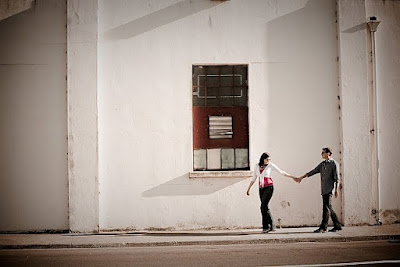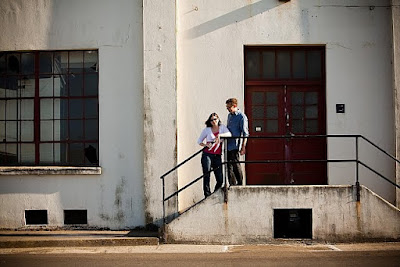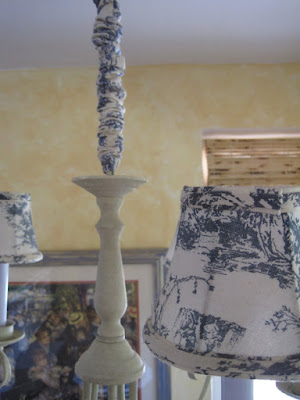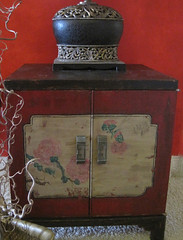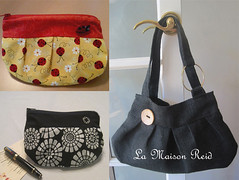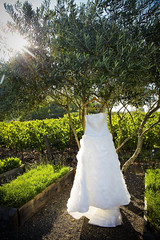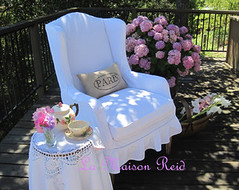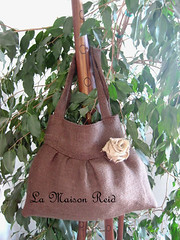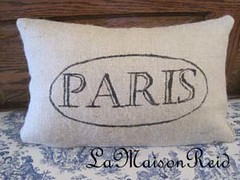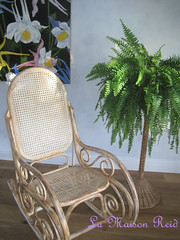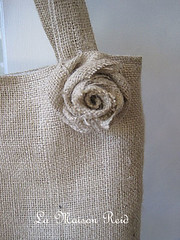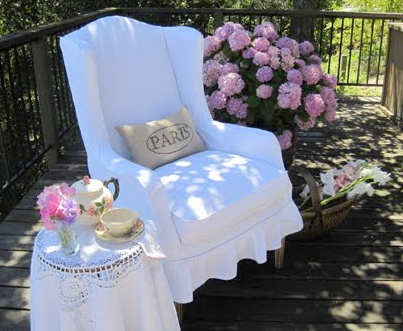So far I have just made one wreath but I plan on making at least one other. The photos are so good it was hard to chose which one to use. Here are some of the photos I like. There were 128 and I loved several but here are some I'll use for the party. They were taken in San Francisco. Wish I could show you ALL of them.
This one I will do with filters soaked in coffee to go with the black and white photo.
This is the one in the above wreath that I made today. I used red food coloring to make "pink roses" to go with her pink top.
There are some photos under the Golden Gate Bridge but I don't have those yet.
To make the frame I put coffee filters in a baking dish. I don't use these anymore as I have a fancy espresso machine. I soaked some in coffee and others in hot water with red food coloring and a little coffee. I didn't want the red to be too pink or too red but a bit aged looking. I let the soup brew for 1/2 hour and drained and baked at 250 degrees for about 40 minutes. Then I folded them in quarters.
I cut a cardboard ring and hot-glued the filters to it. Taped the photo on the back and voilà. I'll get some ribbon to hang these with. I also made huge Victorian tissue roses for the party. Can't wait. I know it will be fun.
Here is one with both coffee stained filters and pink filters
This one is mostly coffee stained filters with a few pink.
I also made huge Victorian tissue roses for the party. Can't wait. I know it will be fun.



